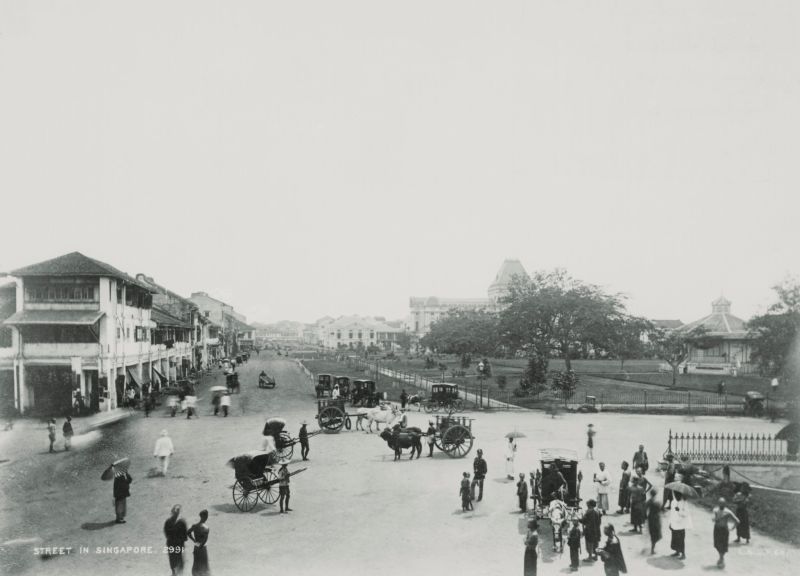The Intriguing History of Singapore
From British Colony to Modern Metropolis
Singapore’s transformation over the years is remarkable. It became a British colony in 1867, laying the foundation for its future as a bustling trade and financial center. This strategic location allowed it to become a vital port city, influencing trade and commerce in the region.
The Rise of Trade and Commerce
During its early days, the Singapore River emerged as a critical trade port. As trade flourished, numerous warehouses opened along the riverbanks, catering to the influx of goods and services that passed through the area.

Housing and Migration
As Singapore developed, it attracted a diverse population, including large numbers of Chinese, Malays, and Indians. Many immigrants sought better economic opportunities, contributing significantly to the city’s growth. However, some of the poorer residents built homes on stilts over the water, reflecting the various socio-economic challenges of the time.

A Hub for Industry
The shipping industry played a pivotal role in Singapore’s prosperity. The city became a magnet for migrants seeking fortune, thus enhancing its labor force and cultural diversity. Consequently, the economy thrived and set the stage for future development.

Singapore Today
Fast forward to the present day, and Singapore has evolved into one of the biggest financial centers in the world. The city-state’s strategic location, robust infrastructure, and diverse workforce have solidified its status as a global business hub.

Conclusion
The history of Singapore is a testament to its adaptability and resilience. From its humble beginnings as a British colony to its rise as a financial powerhouse, Singapore continues to be an inspiring example of growth and diversity.




